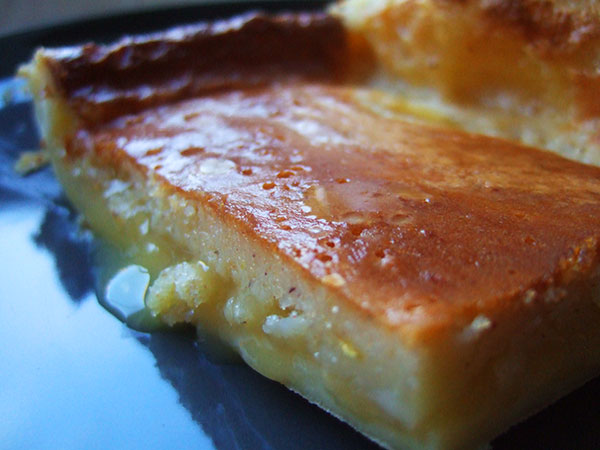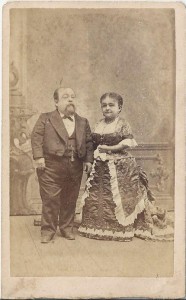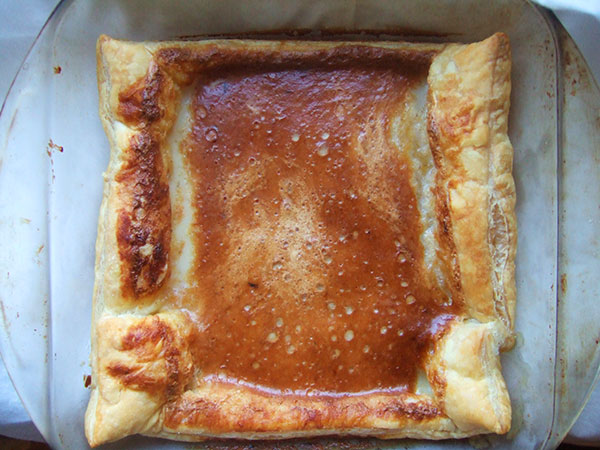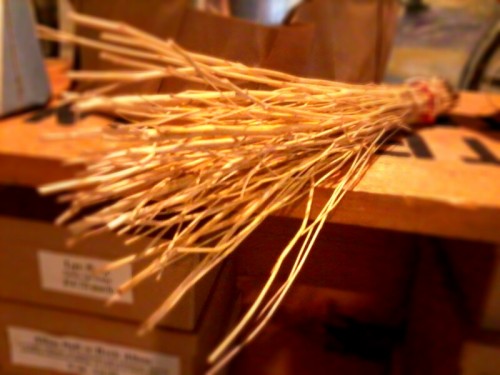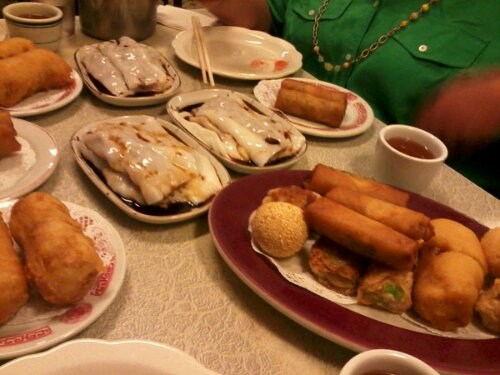
Dim Sum at the Nom Wah Tea Parlor.
In the midst of Hurricane Sandy, it’s been hard to have anything else on my mind. I was stranded in Cleveland for the storm itself and only made it back to Queens for the aftermath. My neighborhood and my apartment are fine, but many people I love and neighborhoods I know are not. Friends had water in their building lobbies up to their waists; others sat in the dark apartments while they could hear Ground Zero filling up with water. Buildings shook, tress came down, subways became underground oceans–it could have all been much worse, but we were hit hard.
Particularly the Lower East Side, a neighborhood that’s like my second home. In addition to the flooding and downed trees, residents of Lower Manhattan have been without power for nearly a week. After going out in the midst of the hurricane Monday night, the streets were dark until just last night, when the lights finally came back on.
Life has been on hold for a week, and it’s finally starting back up again. In celebration, I’ve decided to write about one of my favorite restaurants on the Lower East Side: The Nom Wah Tea Parlour.
Now Wah is the oldest restaurant in Chinatown, founded in 1920 It’s on Doyers street, on Chinatown’s south border, bumped up next to New York’s courthouse and government district, and a stones throw away from the old Five Points neighborhood. Walking up to the mouth of the street, it doesn’t look at place in the City. It’s not a part of the neat and orderly grid laid out in 1811; it predates it. It’s a single lane, that climbs a small hill; a short street, only a block, that bends at a wonky curve in the middle. That bend used to be called the “Bloody Angle;” this area wasn’t such a nice place in the early 20th century.
The entire effect is not unlike an Escher painting. It’s so old New York, that an inside source told me the sewer system isn’t even part of the city sewers–they’ve got their own, pre-government, antiquated sewage system.
Right at the crook in the street is Nom Wah; it’s only had three owners in its long history. The most recent owner, Wilson Tang, is young and hip; he took it over from his uncle and is dedicated himself to keeping tradition alive, as well as helping the business grow. The interior has remained largely unchanged since the 1950s, and the cash register counter has been there since the beginning.
The restaurant is a Cantonese tea parlor that serves dim sum,–or, various small plates of food meant to be shared. It’s a way of eating that has become more popular in America with immigrants that came from Hong Kong in the 1980s. It’s traditionally thought of as a brunch food, but Nom Wah is open until 10pm, for a new generation that “doesn’t want to get up early.”
The menu offers more than 50 different types of dim sum. I visited with my mother and an old friend from high school, and they put me in charge of ordering. I did well in terms of the types food I choose, but poor in terms of quantity. The menu in unclear how many of each item comes in one “order,” so by ordering three servings of everything, I ordered enough food for a small army. Oops. Be sure to ask your server for help in this regard.

The original egg roll.
In terms of what to eat, get the pork bun. It was our favorite–a sweet, yeasty steamed bun filled with savory, saucy pork. A close second was the egg roll, which Nom Wah claims to have invented, and is the delicious grandfather to a modern fast food roll. An egg crepe is stuffed with chicken and vegetables, and then rolled and fried, resulting in a particularly crisp, richly satisfying egg roll.
If you live in New York, the businesses here will need you. In areas that have been without power, they have lost a week’s worth of income, and their employees a week’s worth of work. Post power outage, Nom Wah has opened its doors again. So grab a group of friends, and get some dim sum. It’s cheap, it’s warm, it’s comforting–and it’s the perfect back drop to share our stories, and our bitching, about the last week.
 Itsa pizza egg cup!
Itsa pizza egg cup!
